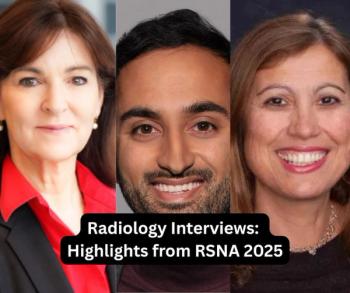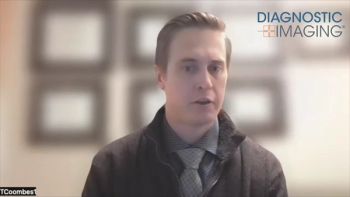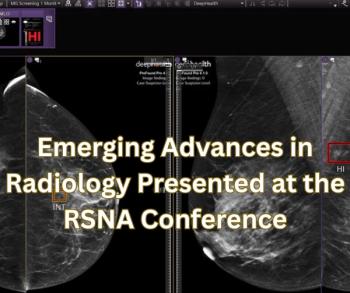
Brachytherapy improves cancer treatment in augmented breasts
Targeted radiation of breast cancer reduces treatment time from six and a half weeks to five days, while reducing pain and improving cosmetic outcome, according to a study presented at the RSNA meeting.
Targeted radiation of breast cancer reduces treatment time from six and a half weeks to five days, while reducing pain and improving cosmetic outcome, according to a study presented at the RSNA meeting.
Brachytherapy is particularly useful for breast cancer patients who have undergone breast augmentation. It targets cancer using radioactive "seeds" placed with catheters under CT guidance. The seeds emit high doses of radiation in a localized area, avoiding any contact with or effect on the breast implant.
"Brachytherapy treats only the cancerous portion of the breast," said Dr. Robert R. Kuske Jr., a clinical professor of radiation oncology at the University of Arizona Health Sciences Center and developer of the treatment. "It offers augmented woman with early-stage breast cancer a potential major improvement in outcomes over mastectomy especially, but also over traditional whole-breast radiation."
Since the radiation works from the inside out, brachytherapy lasts only five days as opposed to the six and a half weeks of whole-breast radiation.
Whole-breast radiation, the current method, can also cause scar tissue to wrap around breast implants, hardening them and causing extreme pain. The condition, known as capsular contraction, also distorts the appearance of the breast. It occurs in over half of whole-breast radiation patients.
The alternative, and the most common treatment for breast cancer patients who have had breast augmentations, is mastectomy. But for patients concerned with cosmesis, this is not a preferable option.
By localizing the radiation, Kuske was able to successfully eliminate capsular contraction in all 65 of the women treated in his study. Follow-up ranging from six months to five years, has found no breast or regional lymphatic recurrences to date.
The only limitation for this treatment is that the cancer must be caught at an early stage, Kuske said. Women with four or more positive lymph nodes or a tumor larger than 3 cm would not be good candidates for image-guided brachytherapy. Otherwise, his study shows the treatment to be quite effective.
"And the cosmetic results have been superb," he said.
Cosmetic outcome was determined to be good to excellent in 100% of patients in Kuske's study, with 95% judged excellent. Not a single patient suffered capsular contraction.
"This is the ultimate informal targeted delivery of radiation therapy, without exposing wide swaths of tissue to radiation exposure," Kuske said.
Newsletter
Stay at the forefront of radiology with the Diagnostic Imaging newsletter, delivering the latest news, clinical insights, and imaging advancements for today’s radiologists.




























